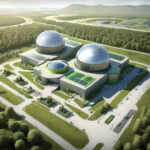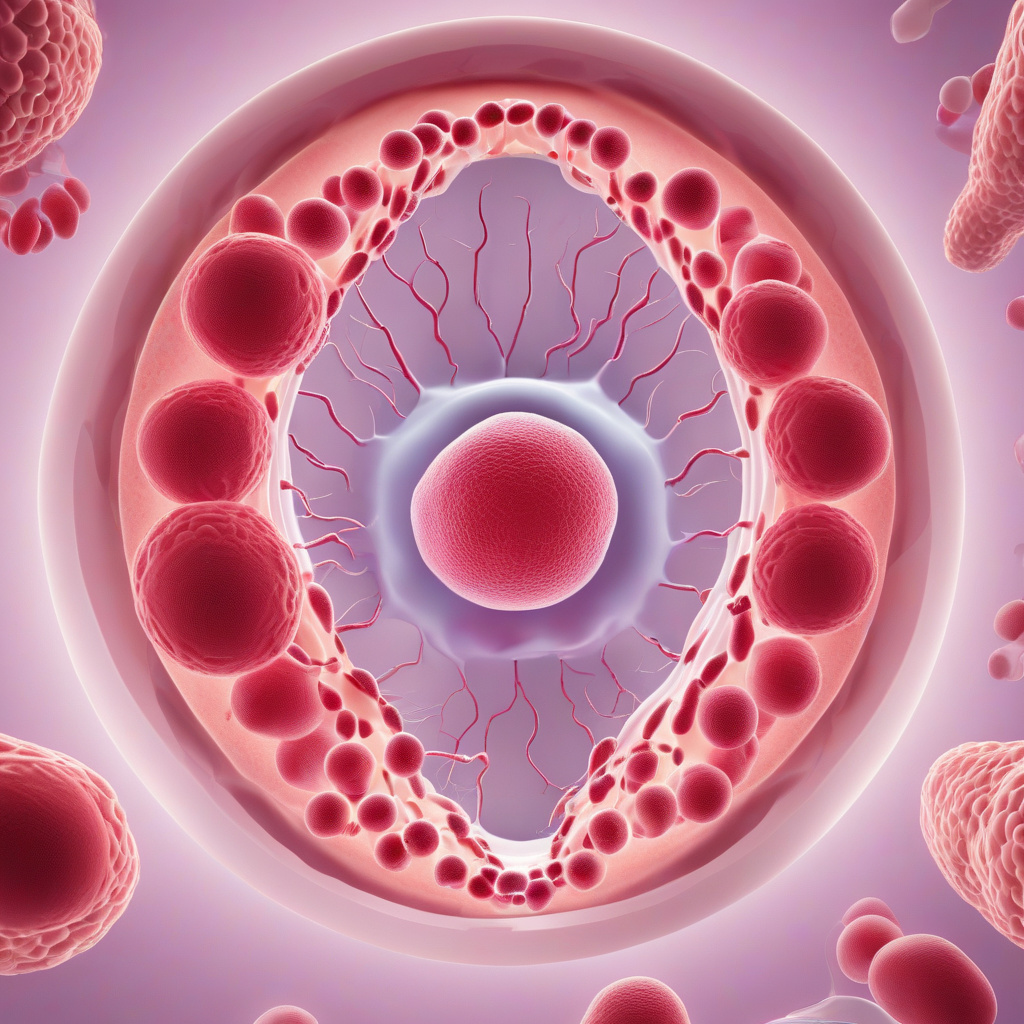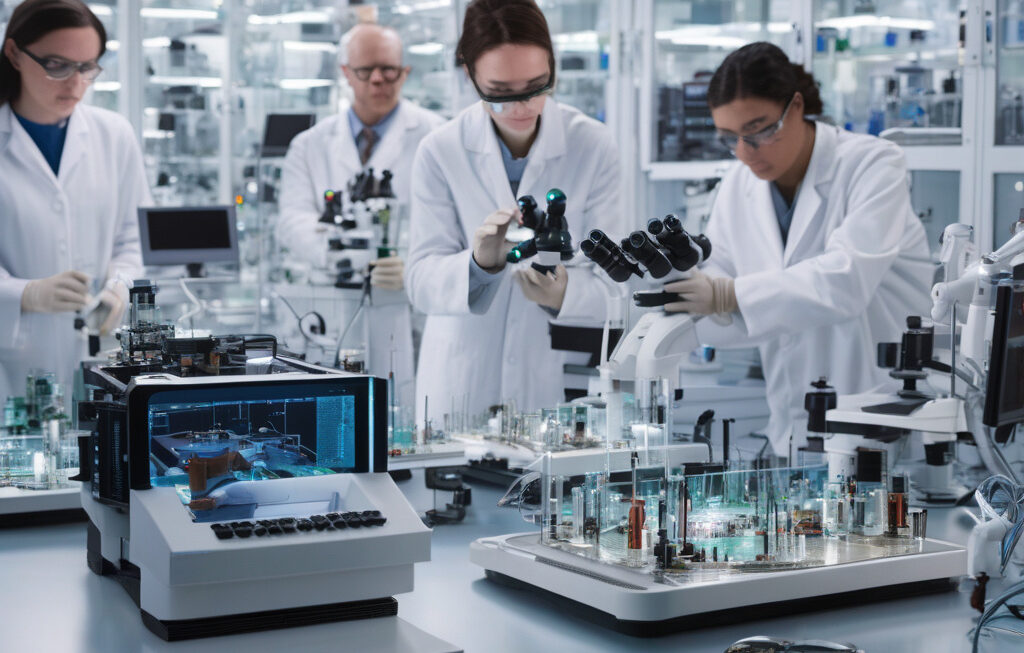Scientists Capture Groundbreaking Real-Time 3D Images of Human Embryo Implantation
Researchers in Barcelona have, for the first time, recorded a human embryo embedding itself into the uterine wall using real-time 3D imaging technology. This groundbreaking achievement offers unprecedented insights into the early stages of pregnancy and could revolutionize our understanding of embryo development and implantation.
The study, led by Dr. Maria Garcia-Alvarez and her team at the Institute of Bioengineering of Catalonia, utilized state-of-the-art imaging techniques to capture the intricate process of embryo implantation with remarkable clarity and detail. By employing time-lapse microscopy combined with 3D reconstruction algorithms, the researchers were able to create dynamic visualizations of the embryo as it attached to the uterine lining, a crucial step in the establishment of pregnancy.
The images captured during the study reveal the complex interactions between the embryo and the maternal tissue during implantation. As the embryo makes contact with the uterine wall, specialized cells known as trophoblasts begin to invade the tissue, forming the placenta and establishing the vital connection for nutrient exchange between the mother and the developing fetus.
This unprecedented view of human embryo implantation not only deepens our understanding of the biological processes underlying early pregnancy but also has significant implications for assisted reproductive technologies and fertility treatments. By observing the implantation process in real-time, researchers can potentially identify factors that contribute to successful implantation or detect abnormalities that may lead to implantation failure, miscarriage, or other complications.
Moreover, the ability to visualize embryo implantation in 3D opens up new possibilities for studying the impact of environmental factors, such as maternal health, lifestyle choices, and fertility interventions, on the implantation process. This knowledge could ultimately lead to the development of more effective strategies for optimizing implantation and improving the success rates of assisted reproduction techniques.
The groundbreaking research conducted in Barcelona represents a major milestone in the field of reproductive biology and highlights the power of advanced imaging technologies in unraveling the mysteries of human development. By capturing real-time 3D images of embryo implantation, scientists have taken a significant step towards enhancing our ability to support healthy pregnancies and improve outcomes for individuals struggling with infertility.
As we continue to unlock the secrets of early embryonic development, the potential for further discoveries and innovations in the field of reproductive medicine remains vast. The ability to witness the moment of embryo implantation in unprecedented detail not only expands our scientific knowledge but also offers hope for millions of individuals worldwide who dream of starting a family.
#EmbryoImplantation, #ReproductiveBiology, #3DImagingTechnology, #FertilityTreatments, #ScientificBreakthrough












